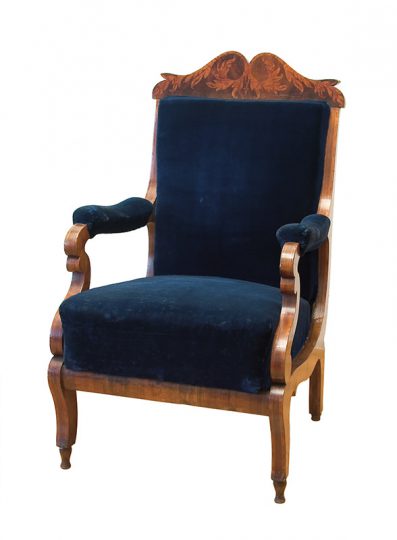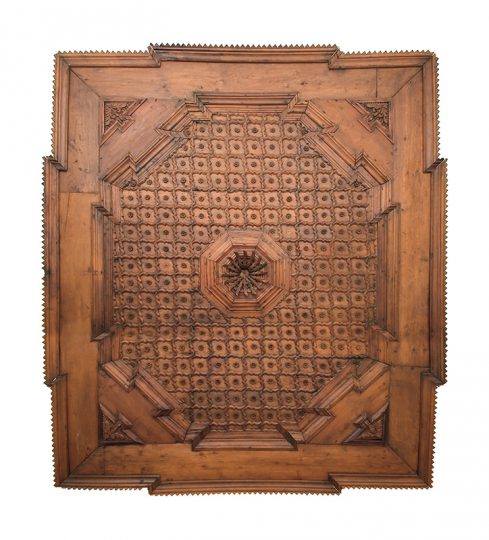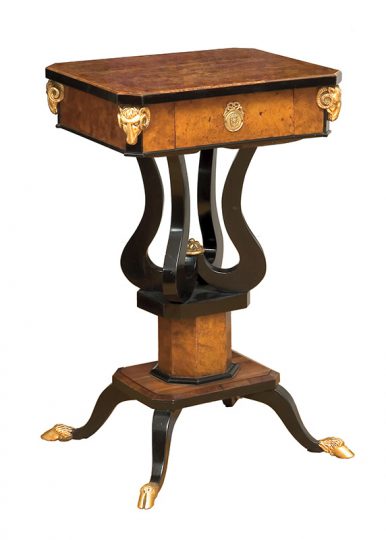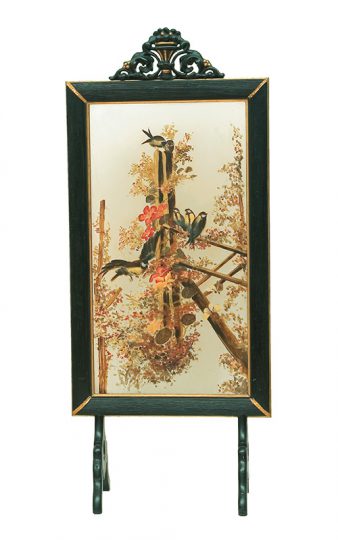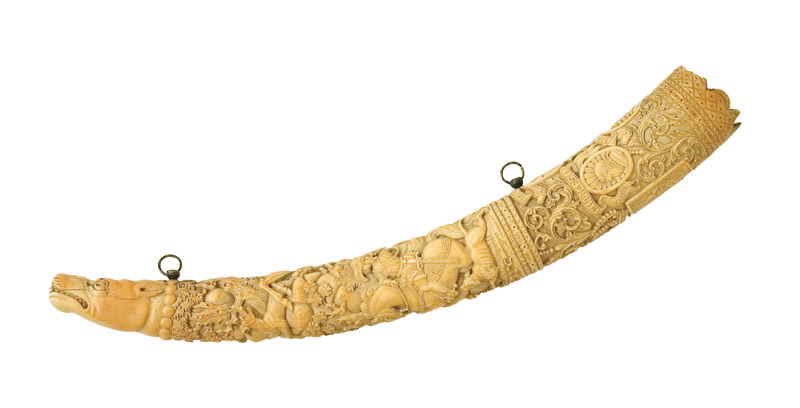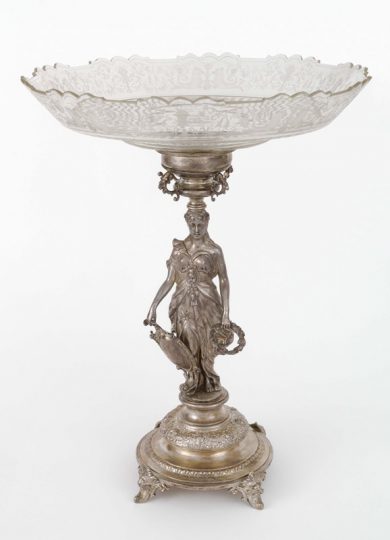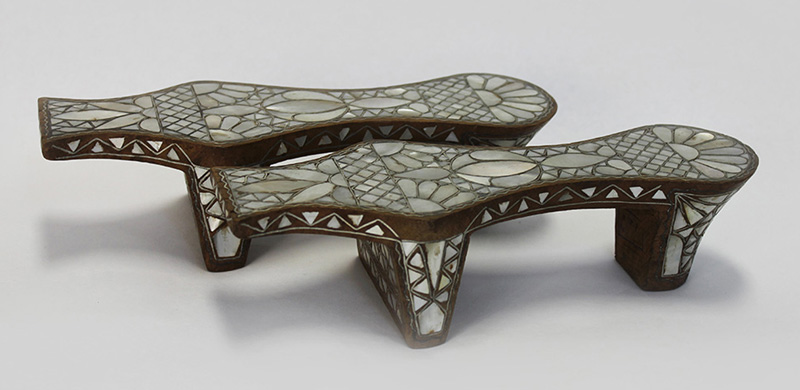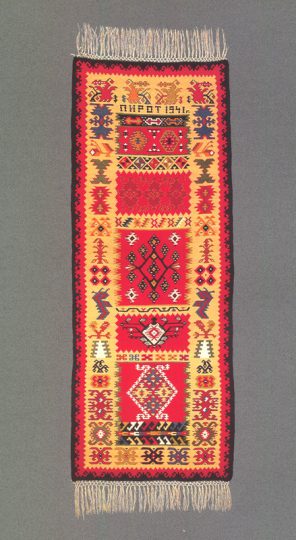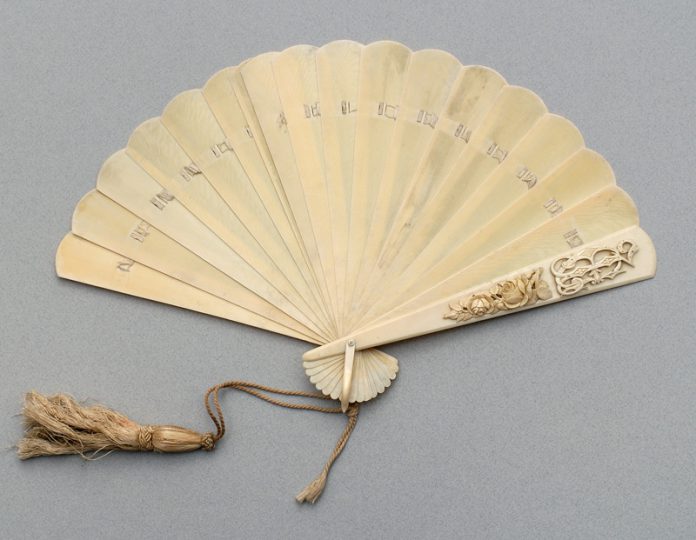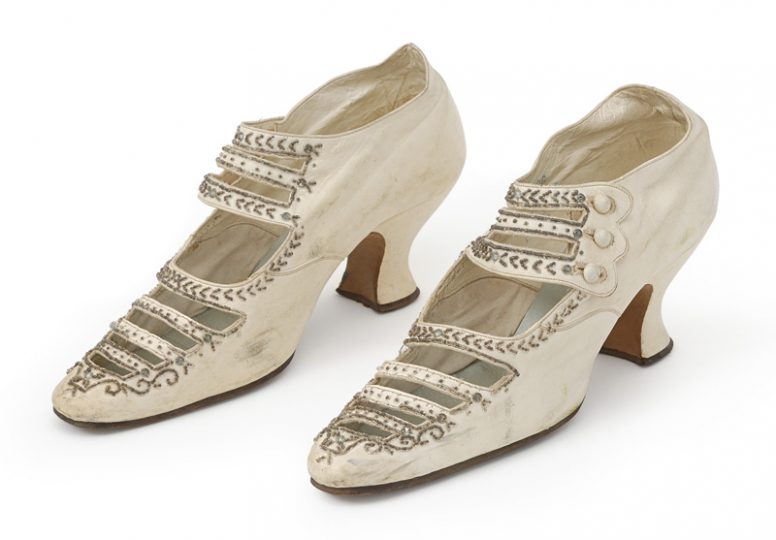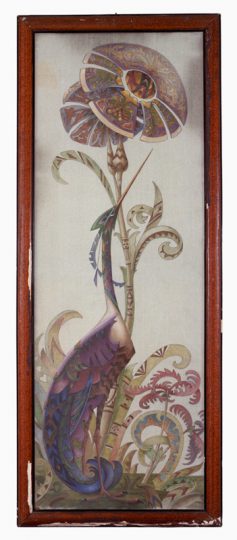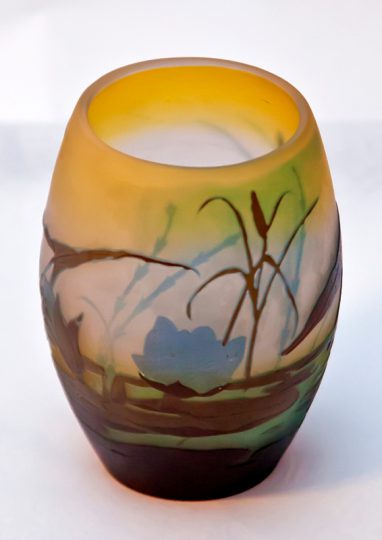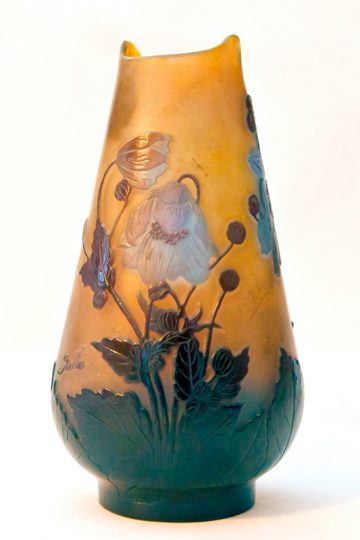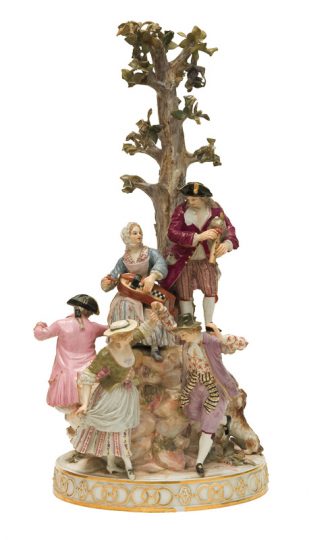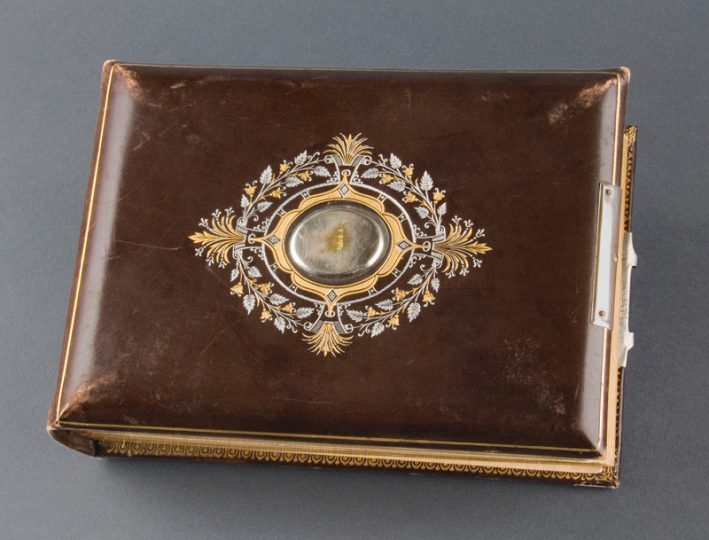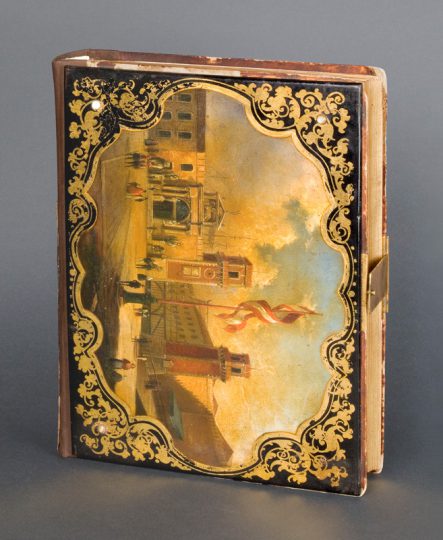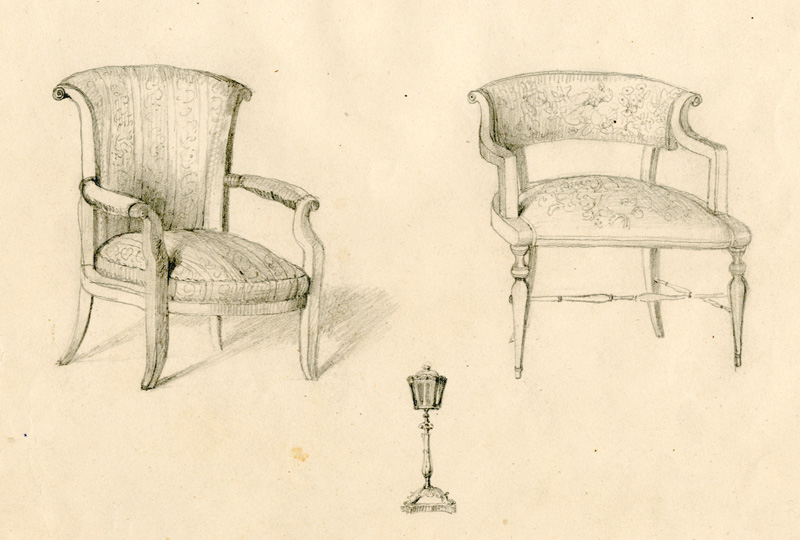THE PERMANENT EXHIBITION OF THE MUSEUM OF APPLIED ART IN THE INKIOSTRI GALLERY WILL BE CLOSED TO THE PUBLIC DUE TO ITS REORGANIZATION AND REDEFINITION
On 6 November 2022, on the day of the 72nd anniversary of the Museum of Applied Art, we will ceremonially open the doors of the new exhibition that, in addition to an historical feature, will include the contemporary aspect of applied art from the MMA Collections.
The second part of the redefinition of the setting will be reflected in the monthly presentation of individual Museum acquisitions. Through the Object of the Month project, artworks purchased by the Museum over the past 10 years, being an integral part of the Permanent Exhibition of the Museum of Applied Art, will be presented.
The permanent exhibition of the Museum of Applied Art includes objet d’art from the following Collections:
- Ceramics, glass and porcelain collection
- Metals and jewelry collection
- Furniture collection
- Textiles and costumes collection
- Collection of photography, applied graphics and artistic processing of books
- Collection of contemporary applied art and design
- Collection of architecture, urban planning and architectural design
At the First Sight, The Museum of Applied Art
Ехihibition At the First Sight: The Museum of Applied Art is the first phase of the collaborative work of the curators from different Museum’s departments. The exhibition features art work from the following departments: Wood and Period Furniture Department, Metalwork and Jewelry Department, Textile and Costume Department, Ceramics, Porcelain and Glass Department and Photography, Applied Graphics and Book Illustration and Design Department. On this occasion, a significant number of artifacts have been exhibited for the first time in several decades, while a number of museum exhibits have been featured for the first time at this exhibition.
The process of work on this exhibition represents “an attempt” to present versatile Museum material and, in that regard, its final goal is “an experimental” arrangement, as a first phase in creating the future Museum exhibition arrangements. What featured objects have in common is their belonging to “small worlds of everyday life” of the urban milieu and its different forms of manifestation, contributing to its aestheticizing.
The objects are classified in constructed chronological – stylistic groups, without expressed narrative and contextualisation. As the arrangement is “experimental”, its goal is to focus the visitors’ attention on the very objects and to show the possibility of communication and interaction between them, from which the future narratives in the framework of the Museum exhibitions will be developed.
We would like to invite you to take a peek at the Museum of Applied Art collections, to discover the beauty and versatility of their contents.



